

Crown of Thorns Plant: Care, Features, and More
Introduction
The crown of thorns plant (Euphorbia milii) hails from tropical Madagascar. It has gained popularity as a houseplant due to its striking appearance. This plant features spiny stems and vibrant flowers, adding unique character to any space. Understanding its care needs is crucial for thriving growth and beautiful blooms.
To give your crown of thorns the best chance at thriving, consider using organic houseplant fertilizer. It’s a great way to ensure your plant gets the nutrients it needs without the harsh chemicals.
Summary and Overview
Crown of thorns plants thrive in warm, sunny environments. They belong to the Euphorbia genus, which includes around 2,000 species. This semi-succulent is known for its distinctive spiny stems and stunning flowers. Typically, the leaves emerge near the tips of the branches, often dropping off as the plant matures.
This plant’s decorative appeal makes it a favorite among indoor gardeners. You can find various cultivars, each boasting unique flower colors and forms. When caring for a crown of thorns, you’ll want to keep an eye on its light and water requirements. Common issues include leaf drop and lack of blooms, which can often be resolved with proper attention to its needs.
If you’re serious about indoor gardening, grab a copy of Indoor Plant Care Book to ensure you’re equipped with the best knowledge for your leafy friends.

Characteristics of the Crown of Thorns Plant
Growth Habit
The crown of thorns plant showcases diverse growth forms based on the cultivar. Some varieties grow tall and spindly, while others develop a bushy appearance. Typically, this plant reaches heights of 1 to 3 feet and can spread about 2 feet wide. Its distinctive spiny stems create an intriguing visual contrast against the lush green leaves. This unique structure makes it an attractive choice for indoor spaces, adding both charm and character to your home decor.
To keep your plant looking its best, consider investing in gardening gloves. They’ll protect your hands from those pesky thorns while you prune and maintain your plant.
Flowers
These plants offer seasonal blooms that can be quite a spectacle. During spring and summer, you’ll see vibrant flowers in shades of red, pink, yellow, and white. The blooming period can last several months with the right conditions. Light is crucial for flower production; ensure your plant gets plenty of direct sunlight. When cared for properly, flowers can last several weeks before fading. Regular deadheading will help promote new blooms, ensuring your crown of thorns remains a colorful focal point.
To boost your flowering potential, try using a plant food spike every few months. These little wonders pack a nutrient punch to keep those blooms coming!
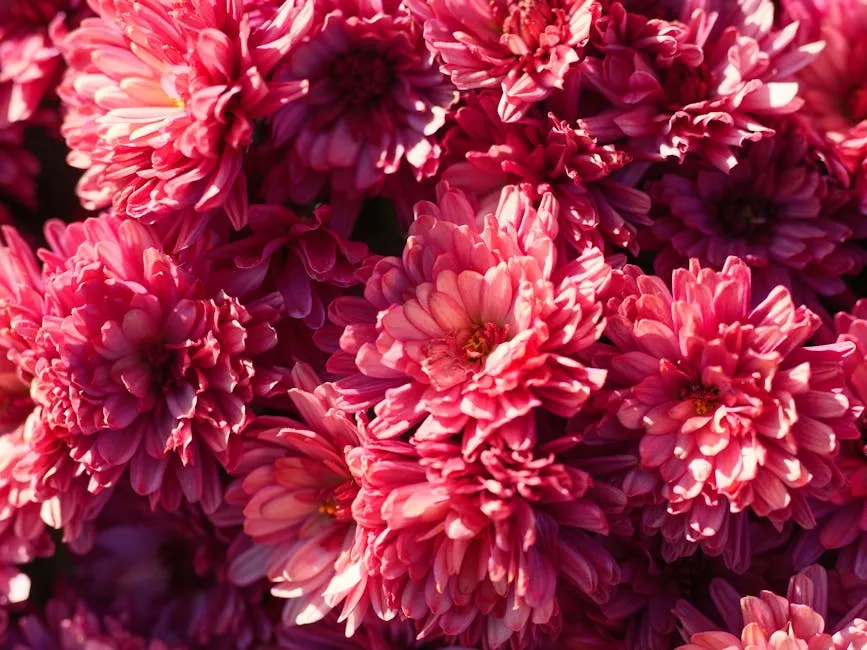
Cultivars
Popular cultivars include ‘Red’ and ‘Gold’, each with unique attributes. ‘Red’ features bright crimson flowers, while ‘Gold’ showcases sunny yellow blooms. Hybridization efforts have led to various forms, including dwarf varieties that are perfect for smaller spaces. Some cultivars even display striking flower shapes, such as double blooms or unique petal formations. This diversity makes the crown of thorns an exciting addition to any plant collection, offering something for every plant enthusiast.
Care Instructions
Light Requirements
The crown of thorns plant thrives in bright, direct sunlight. Aim for at least six to eight hours of sun daily. This exposure encourages lush growth and vibrant blooms. For indoor setups, place your plant near a south or west-facing window where it can soak up the rays.
If you’re growing it outdoors, choose a spot that receives full sun. However, be cautious of extreme heat—too much can scorch the leaves. To ensure even light distribution, rotate your plant every couple of weeks. This simple step helps all sides receive adequate sunlight, promoting balanced growth and preventing uneven stretching.
To enhance your indoor gardening experience, you might want to invest in an LED grow light. It can provide supplementary light during those darker months, ensuring your crown of thorns gets the sunshine it craves!

Water and Humidity
Watering is crucial for your crown of thorns. During the growing season, water thoroughly and allow the soil to dry out between waterings. A good rule of thumb is to check the top inch of soil—if it’s dry, it’s time to water. Be careful not to overwater; soggy roots can lead to root rot.
Signs of dehydration include shriveled leaves and wilting. While this plant prefers drier conditions, it still needs some humidity. A humidity level of around 30-50% works well, but it’s generally tolerant of lower humidity. If your home is particularly dry, consider placing a humidity tray nearby. You can find a great humidity tray to help maintain moisture levels.
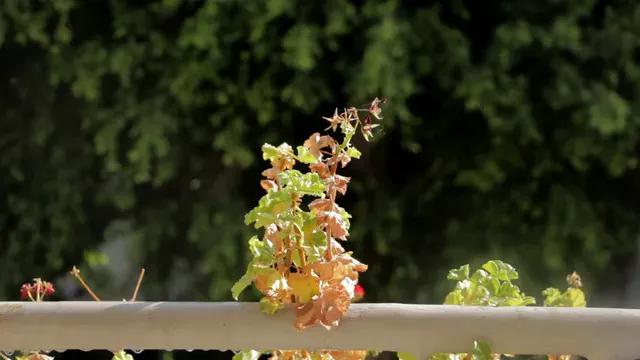
Temperature Preferences
Ideal temperatures for crown of thorns range from 60°F to 80°F. They thrive in warm conditions but are sensitive to cold drafts. If temperatures dip below 50°F, you might notice leaf drop. Keep your plant away from windows or doors that frequently open to cold air.
In fall and winter, slightly cooler temperatures can be beneficial. It allows the plant to rest, but ensure it stays above 60°F. This small adjustment helps maintain overall health and encourages stronger growth come spring.
Nutrition and Fertilization
For optimal growth, fertilize your crown of thorns regularly. Use a balanced, organic houseplant fertilizer once or twice a month during the growing season. Be cautious with high-nitrogen fertilizers, as they may cause excessive leaf growth at the expense of flowers.
Watch for signs of nutrient deficiencies, such as yellowing leaves or poor growth. These can indicate the need for a nutrient boost. As seasons change, adjust your fertilization schedule; plants typically need less food in fall and winter. This thoughtful approach helps ensure your crown of thorns remains healthy and vibrant year-round.

Re-potting Techniques
Re-potting your crown of thorns plant is essential for its health. Start by choosing a well-draining soil mix. A combination of one part perlite and two parts organic potting soil works wonders. This blend ensures good aeration and prevents root rot.
Timing is key. Aim to re-pot every two years in spring. If your plant outgrows its pot sooner, don’t hesitate to re-pot earlier. Look for signs like roots growing out of drainage holes or water pooling on the surface. These indicate that your plant needs more space.
When re-potting, carefully remove the plant from its current pot. Handle it by the base to avoid injury. Be cautious of the thorns—wear gloves if needed! Place your plant in the new pot, and fill it with soil. Ensure the root ball is at the same depth as before. After re-potting, water the plant lightly to help settle the soil.
After re-potting, give your crown of thorns some time to adjust. Avoid direct sunlight for a week to minimize stress. Monitor the plant closely; it may drop a few leaves as it adapts. Keep the soil slightly moist, but not soggy. With these tips, your crown of thorns will thrive in its new home.
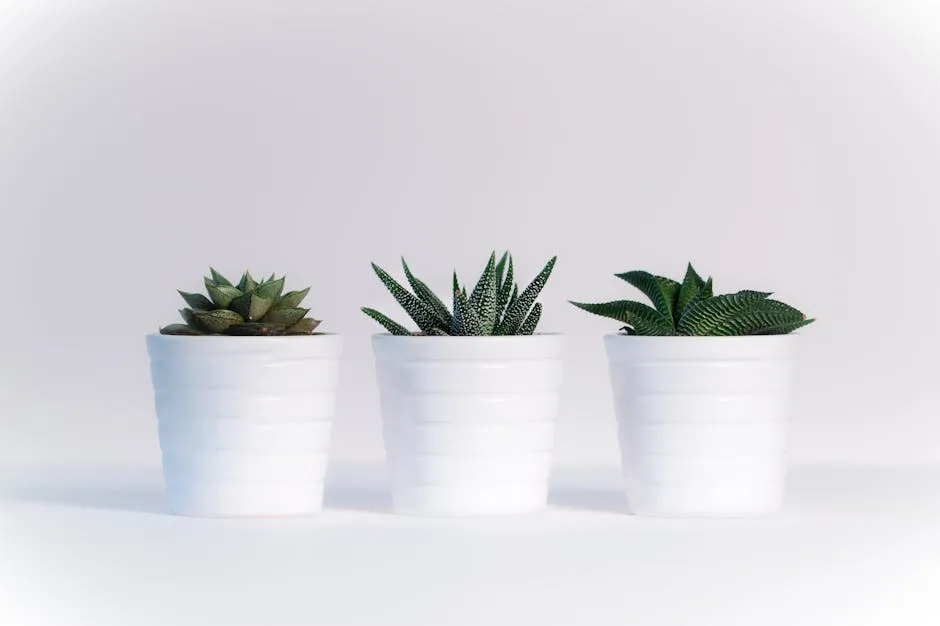
Pruning and Maintenance
Importance of Pruning
Pruning is vital for your crown of thorns plant. It promotes healthier growth and enhances its appearance. Regular pruning helps remove dead or damaged stems, allowing the plant to focus energy on new growth. This process also encourages more blooms!
When pruning, use sharp, clean pruning shears to avoid infection. Cut just above healthy buds, leaving enough foliage to support photosynthesis. Aim to prune in spring, right before the growing season. This timing allows the plant to bounce back quickly.
Handling thorns can be tricky. Always wear gloves to protect your hands. If you accidentally get pricked, wash the area with soap and water to prevent irritation.
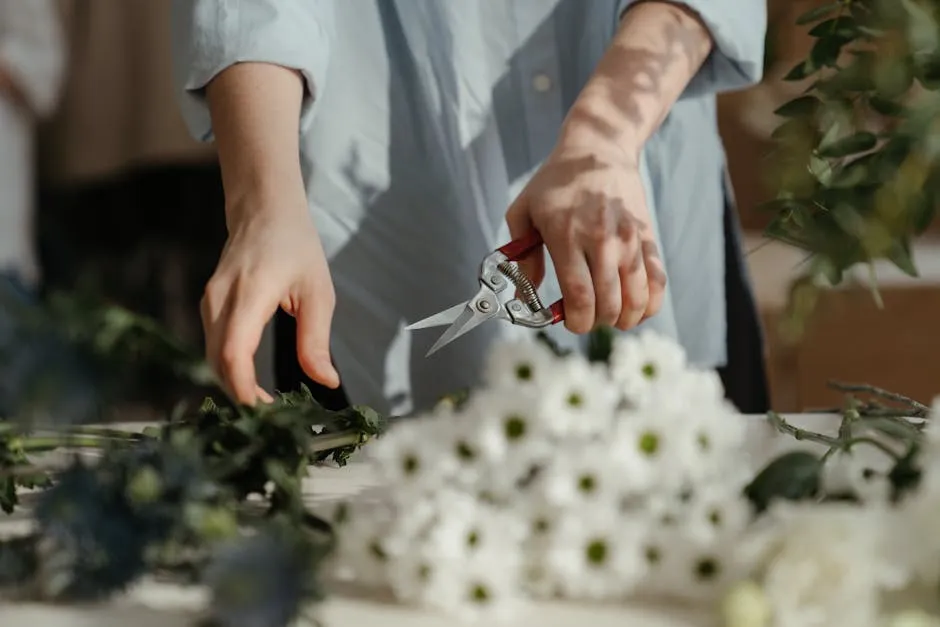
Common Maintenance Practices
Maintaining your crown of thorns plant is straightforward. Regularly clean the leaves with a damp cloth. Dust can block sunlight and hinder growth. Also, check for pests like aphids or mealybugs. If you find any, treat them promptly with insecticidal soap.
Seasonal maintenance is equally important. In spring, inspect for any dead branches and prune as needed. In fall, reduce watering slightly; the plant requires less moisture as it enters dormancy. During winter, keep an eye on temperature and light levels.
Following these maintenance tips keeps your crown of thorns healthy and vibrant all year round!
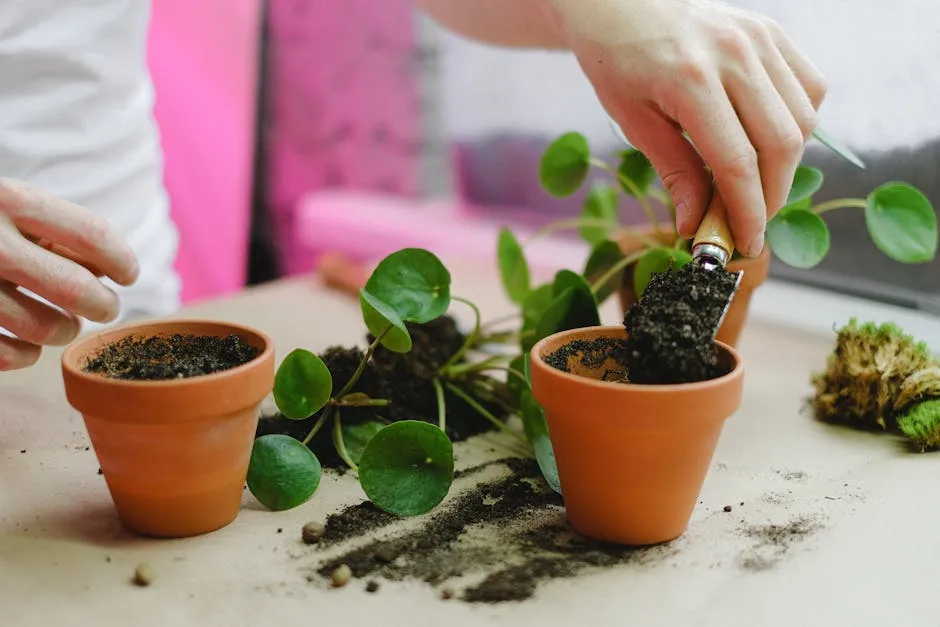
Propagation Techniques
Methods of Propagation
Propagating the crown of thorns plant from cuttings is simple and rewarding. Start by selecting healthy stems with a few leaves. Use sharp, clean scissors to cut a stem about 4 to 6 inches long. Remove the lower leaves to avoid rot. Allow the cuttings to dry for a couple of days. This helps form a protective callous over the cut surface.
Next, prepare your soil. A well-draining mix is crucial. Combine one part succulent soil mix with two parts potting soil for optimal results. After the cuttings have calloused, plant them in the soil mixture, burying them about an inch deep. Water lightly to settle the soil, but refrain from soaking it.
Once planted, place the cuttings in a warm, bright spot. Keep the soil slightly moist but not overly wet. In a few weeks, roots should establish. You’ll know they’re ready for more water when you see new growth. With patience, your crown of thorns cuttings will thrive and eventually bloom.

Common Issues and Solutions
Leaf Drop
Leaf drop can be concerning for crown of thorns owners. This issue often happens due to environmental stress. Low temperatures, overwatering, or insufficient light can cause leaves to shed. To mitigate this, ensure your plant gets plenty of sunlight. Ideally, it should bask in direct light for six to eight hours daily. Adjust watering habits, allowing the soil to dry out between sessions.
If you notice leaf drop, check the temperature. Crown of thorns dislikes cold drafts. Keep it in a warm area, ideally above 60°F. By addressing these factors, you can reduce leaf drop significantly and keep your plant healthy.

Flowering Problems
If your crown of thorns isn’t flowering, it might not be getting enough light. These plants require bright, direct sunlight to produce blooms. Ensure it receives adequate sunlight daily. Additionally, avoid over-fertilizing, as too much nitrogen can lead to lush foliage at the expense of flowers.
Pest and Disease Management
Common pests that affect crown of thorns include aphids, mealybugs, and spider mites. Regularly inspect your plant for these unwanted visitors. If you spot any, treat them with organic pest control spray or neem oil. Prevention is key; keep your plant clean to deter pests.
Diseases like root rot can occur if the soil remains too wet. Allow the soil to dry out between waterings to prevent this issue. If your plant shows signs of disease, such as yellowing leaves or wilting, consider repotting with fresh soil. This can help revive your crown of thorns and promote healthy growth once again.

Additional Resources and Recommended Reading
For further information about crown of thorns and plant care, consider exploring reputable resources. Websites like NYBG PlantTracker offer valuable insights and care guides.
Additionally, books like Houseplant Basics by David Squire and The Houseplant Survival Guide by Pat Regel provide in-depth information. These resources can enhance your understanding of houseplant care and help you become a better gardener.

If you’re interested in enhancing your gardening skills, explore solutions for building affordable raised garden beds with repurposed items to create a sustainable gardening environment.
Conclusion
In summary, the crown of thorns plant is a beautiful and unique addition to any collection. With proper care, including light, water, and pest management, it can thrive and reward you with stunning blooms. If you’re looking for a resilient and eye-catching houseplant, consider adding this gem to your home. Happy planting!
As a final tip, you might want to keep a plant care journal to track your plant’s growth and care schedule. It’s a fun way to document your gardening journey!
FAQs
What is the ideal light for a crown of thorns plant?
The crown of thorns thrives in bright, direct sunlight. Aim for at least six to eight hours daily.
How often should I water my crown of thorns plant?
Water thoroughly when the top inch of soil is dry. Watch for signs of over or under-watering.
Can the crown of thorns plant be grown indoors?
Yes, it can thrive indoors with adequate light and warmth. Ensure it receives plenty of direct sunlight.
What should I do if my crown of thorns plant stops blooming?
Check light levels and avoid over-fertilizing. Ensure it’s getting enough sunlight to encourage blooming.
Are crown of thorns plants toxic to pets or humans?
Yes, they can be toxic. Handle with care, and keep them out of reach of pets and small children.
Please let us know what you think about our content by leaving a comment down below!
Thank you for reading till here 🙂
All images from Pexels



